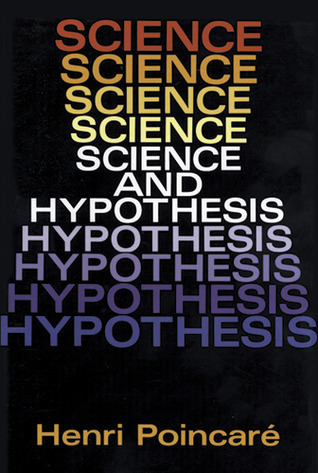What do you think?
Rate this book


288 pages, Paperback
First published January 1, 1902
What, then, are we to think of the question: Is Euclidean geometry true? It has no meaning. We might as well ask if the metric system is true, and if the old weights and measures are false; if Cartesian co-ordinates are true and polar co-ordinates false. One geometry cannot be more true than another; it can only be more convenient. Pg. 22
The ephemeral nature of scientific theories takes by surprise the man of the world. Their brief period of prosperity ended, he sees them abandoned one after another; he sees ruins piled upon ruins; he predicts that the theories in fashion to-day will in a short time succumb in their turn, and he concludes that they are absolutely in vain. This is what he calls the bankruptcy of science.
His skepticism is superficial; he does not take into account the object of scientific theories and the part they play, or he would understand that the ruins may still be good for something. Pg. 63.